Home > Growers
Meet the Vigo Gladiolus growers
We, the Vigo Gladiolus growers, work with passion every day to grow gladiolus propagation material. Joining forces has allowed us to offer a wide range of high quality bulbs. By thinking innovatively and responding to the wishes and needs of the market, we strive to improve our familiar varieties and develop new cultivars.
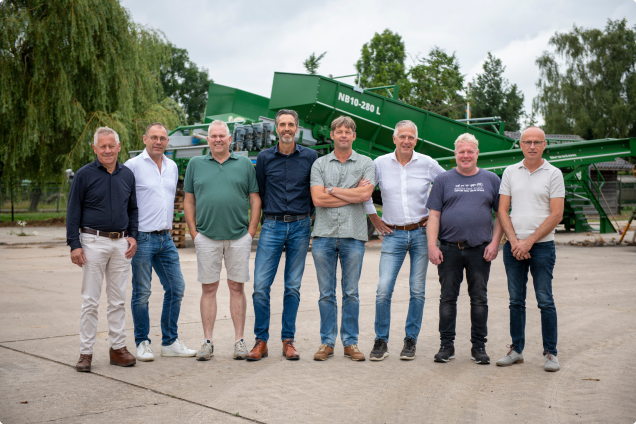
L to R: Marcel Nijenhuis, Rob Brouwer, Theo Theunissen, Frank van Mil (adviser), Klaas Gootjes, Peter-Jan Herings (chairman of STAK), Marcel Duijkers and Peter van den Boomen (missing from the picture: Martien van Boven).
Our growers

Theo Theunissen
- Cultivation area: 30 ha
- Number of varities: 14
- Also grows: lilies, first year onion sets, winter onions and shallots
Adress
Molenstraat 29,
65 82 AE Heumen

Marcel Nijenhuis
- Cultivation area: 22 ha
- Number of varieties: 14
- Also grows: seed potatoes, onions and grass seed
Adress
8311 PW Espel

Marcel Duijkers
- Cultivation area: 20 hectares
- Number of varieties: 13
- Also grows: developing seedlings, gladioli flower cultivation
Adress
Horsterweg 35,
5811 AA Castenray

Peter van den Boomen
- Cultivation area: 30 hectares
- Number of varieties: 12
- Also grows: developing seedlings
Adress
Bovenstehuis 5,
5427 RL Boekel
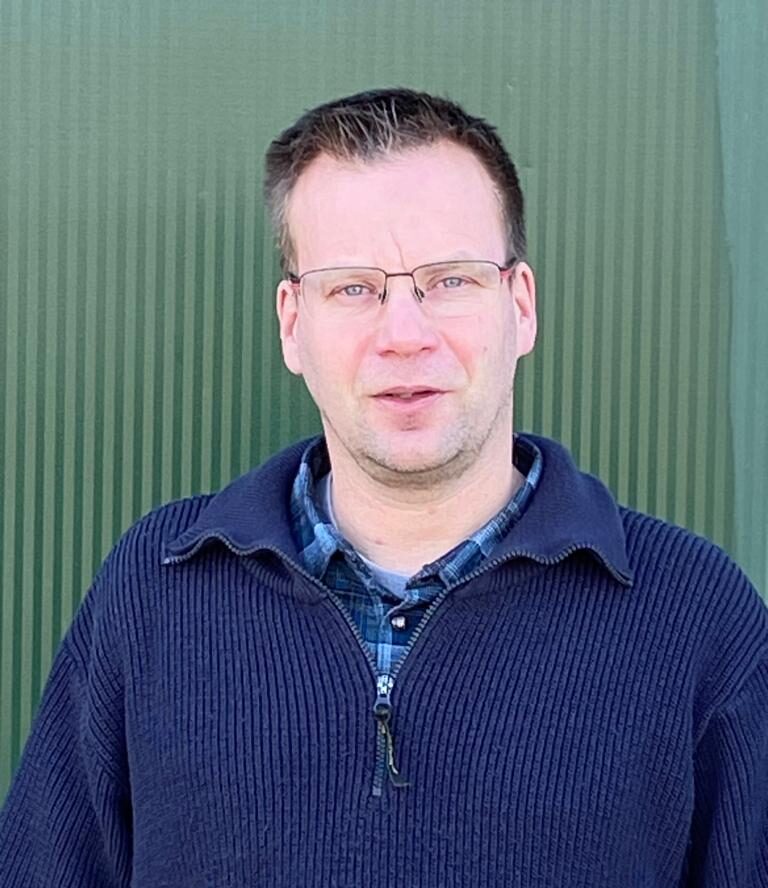
Martien van Boven
- Cultivation area: 15 hectares
- Number of varieties: -
- Also grows: gladiolus flowers and tulips
Adress
Moorseweg 1,
4681 SM Nieuw Vossemeer
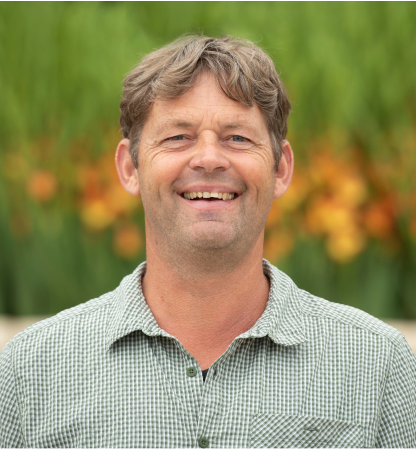
Klaas Gootjes
- Cultivation area: 15 hectares
- Number of varieties: 12
- Also grows: lilies
Adress
Groenvelderweg 13,
1746 E.E. Dirkshorn
From cormlet to gladiolus bulb
There is a long process involved in supplying high-quality gladiolus propagation material. We would like to tell you more about our growing process. If you have questions about our growing process, feel free to send an e-mail to info@vigogladiolus.nl.
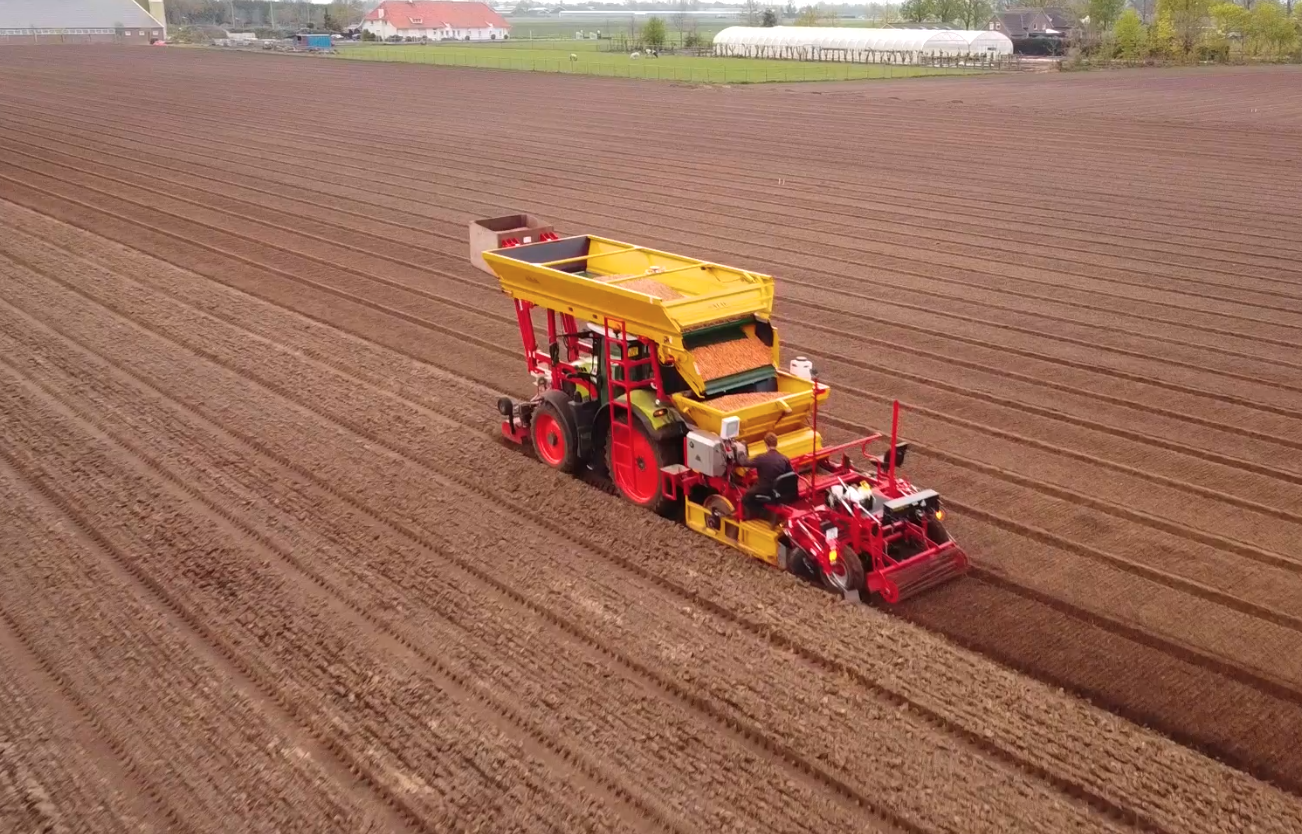
Step 1
Preparing the planting material
Our gladiolus bulbs develop from small cormlets that grow on an old corm. We sort these into different sizes ranging from 1¼ to 2.5 centimetres. In the winter the cormlets are given a special hot water treatment to kill off any diseases.
Step 2
Planting
Bulbs need fresh, chalky, nutrient-rich soil with enough sun. We therefore start planting our cormlets from early/mid-April: some 10 to 20 million of them per hectare.
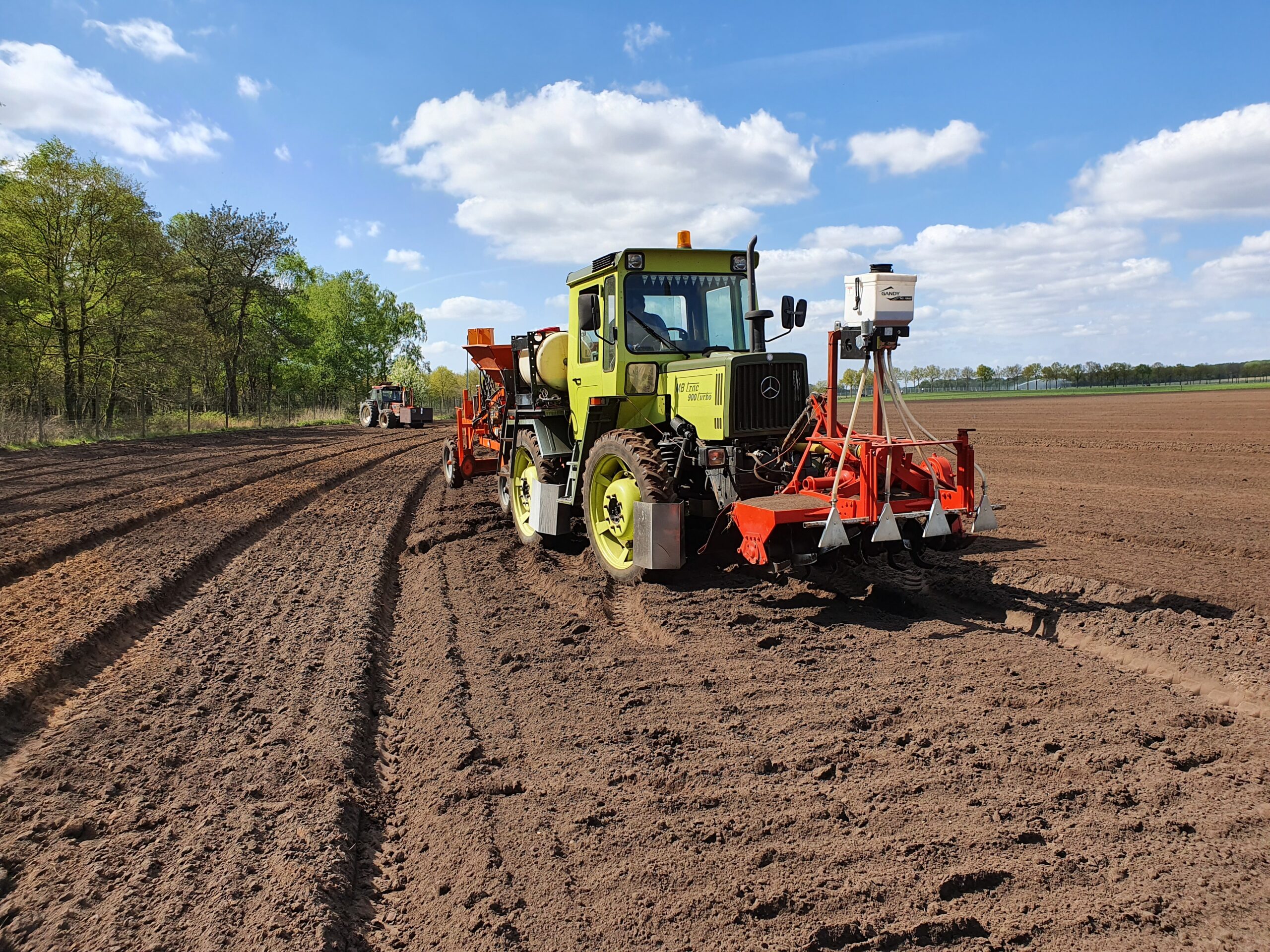
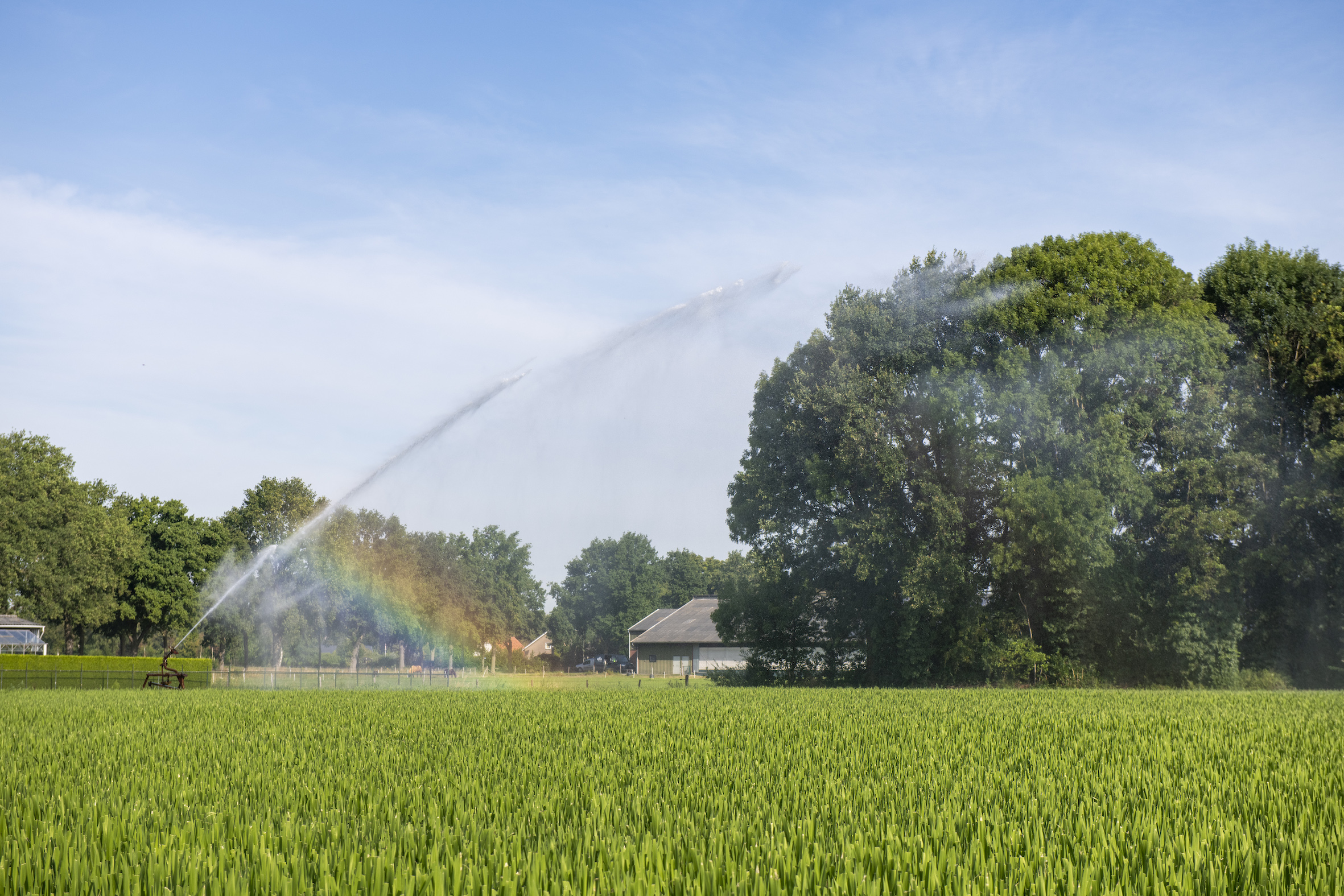
Step 3
Cultivation
Normal crop care is required during the growing season. This means that we spread artificial fertiliser, remove weeds, apply crop protection and mow any flowers and foliage where necessary to give the crop space. Finally we water, because gladioli need water in order to be able to grow optimally.
Step 4
Harvesting
When the cormlets have developed and ripened, they are harvested from October/November. After all the cormlets have been removed from the soil using the lifter, the tipper takes the bulbs to the washing station.
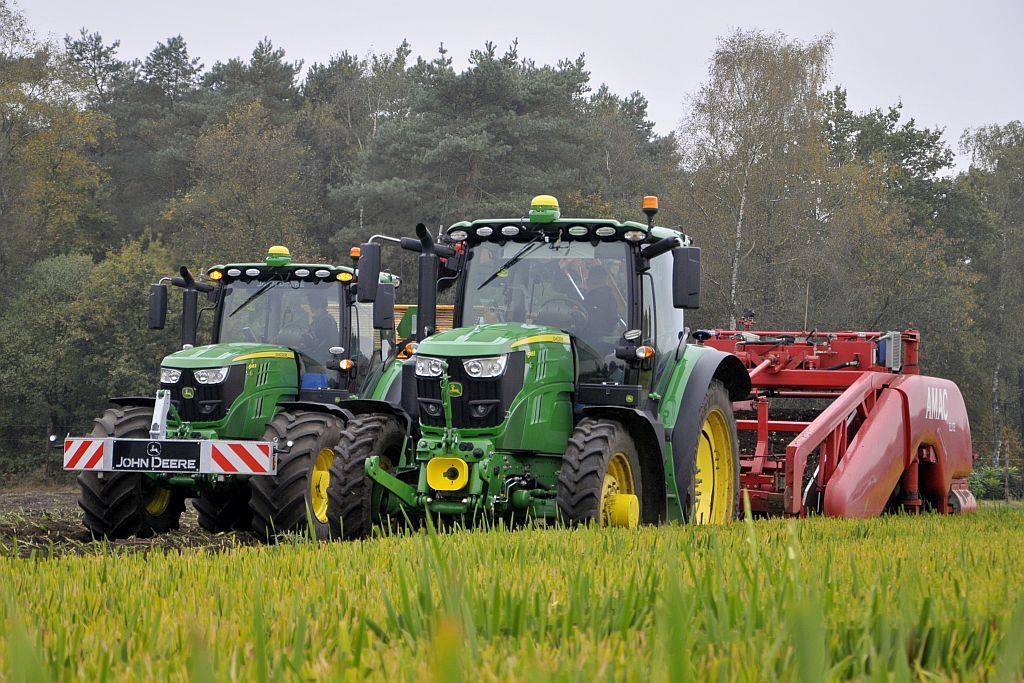
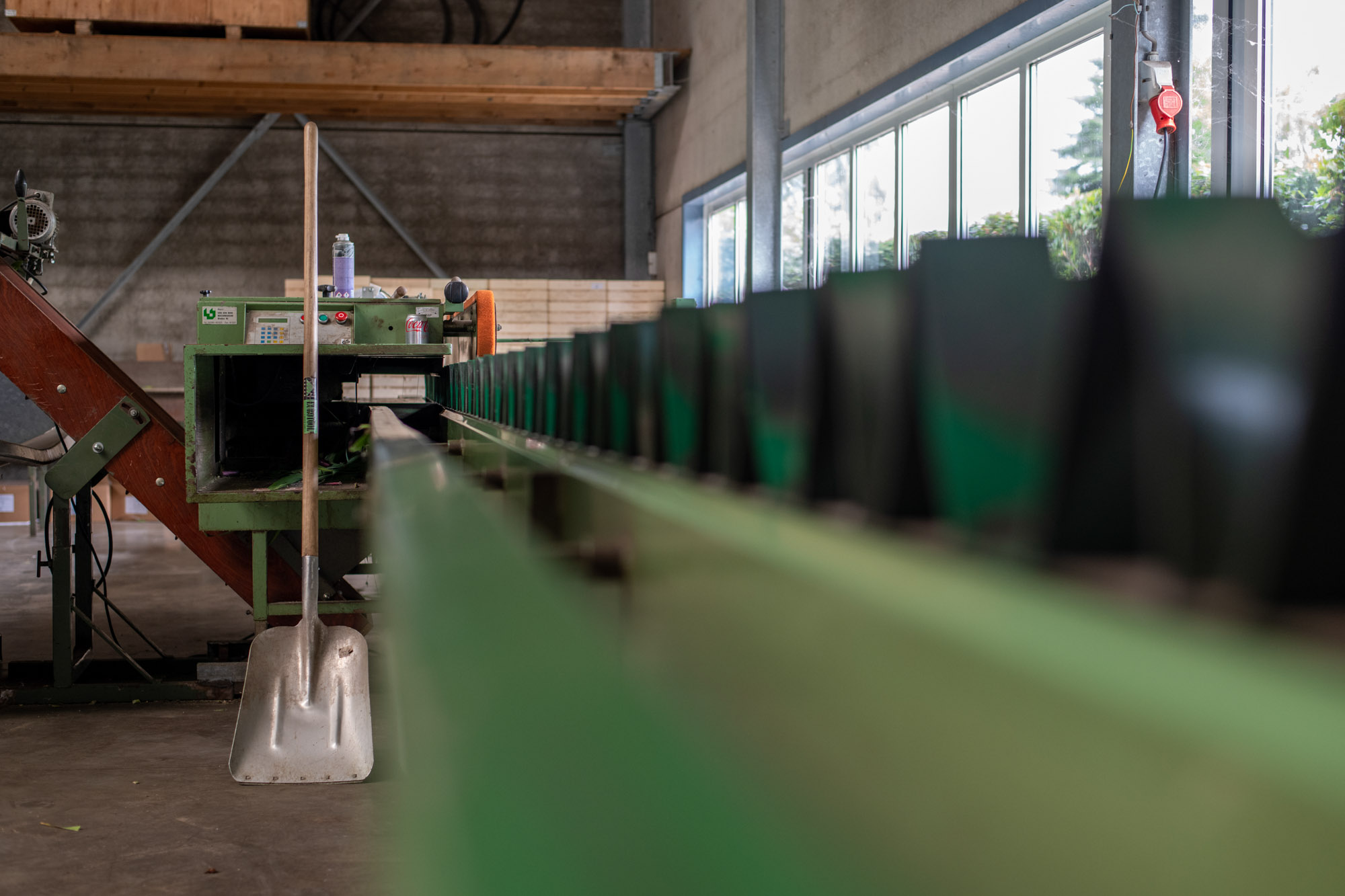
Step 5
Sorting and processing
After the gladiolus cormlets have been washed and dried, any damaged or deformed cormlets are removed. They are then peeled and sorted according to sizes ranging from 2.5 to 6 centimetres.
Step 6
Delivery
The growing process is finished – it’s time to go! We have nurtured cormlets into bulbs with love and passion, and now it’s up to the grower to cultivate them into beautiful gladiolus flowers.